Why Do Dogs Ruin Some of Their Toys?
Published: 2025. 06. 14 - Photos: welovedogz.hu/en • 4 minutes reading

Published: 2025. 06. 14 - Photos: welovedogz.hu/en • 4 minutes reading

As a pet owner, you've probably experienced that your four-legged friend has toys that he barely touches, while he carries one or more of his pets in his mouth, walks around the house, often even sleeps with them, and even chews them up with euphoric pleasure. He doesn't rest until he has torn them to pieces.
Here's why your dog ruins some of your toys and leaves others intact.
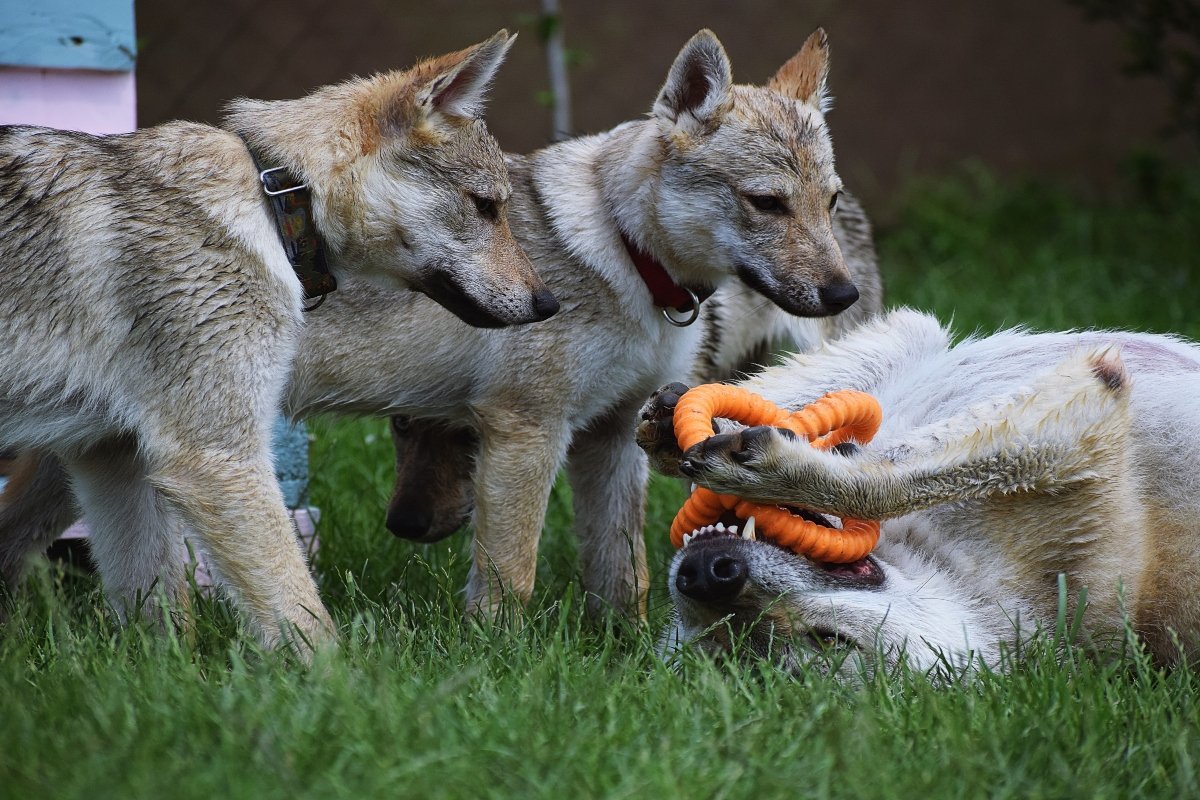 Chewing is a normal expression of a natural instinct inherited from our ancestors / Photo: welovedogz.hu/en
Chewing is a normal expression of a natural instinct inherited from our ancestors / Photo: welovedogz.hu/en
Well, let's say from the beginning that we can't see into the minds of our pets, so we can't be sure of the answer to this question, but we have learned something from living together for more than 15,000 years.
First, the behaviour is perfectly normal, you don't need to worry about your pet. “Destruction is simply a normal manifestation of the hunting cycle followed by their wild ancestors - stalking, chasing, killing, consuming,” explains vet Amanda Seymour.
Which toy your dog chews is a complex question. Whether the toy makes a sound when chewed, whether it smells pleasant and how much pleasure it gives the dog when it is chewed is important. By this we mean how good it feels for his gums and teeth to chew on the thing. Our pets can also consciously care for their teeth in this way.
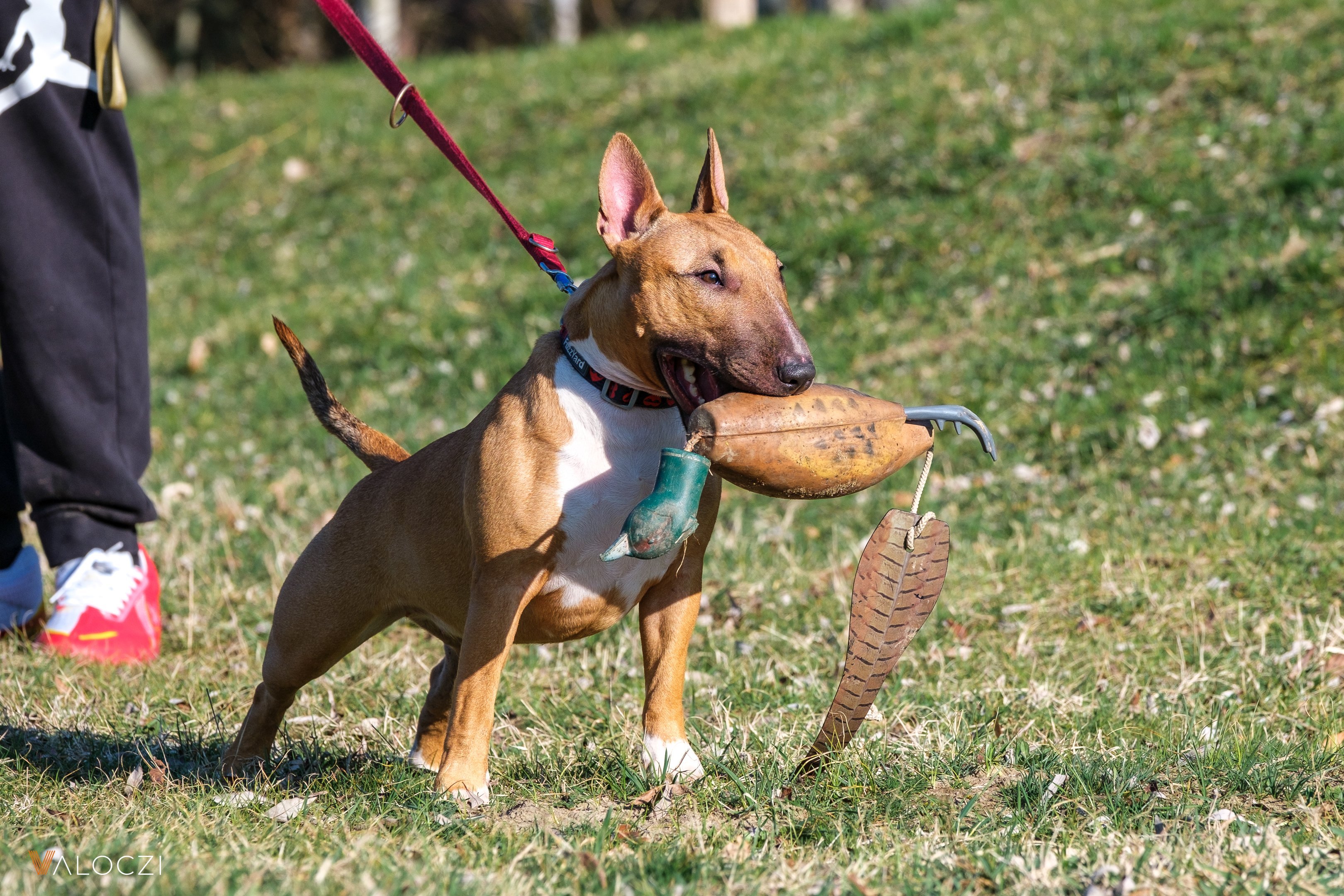 Photo: welovedogz.hu/en
Photo: welovedogz.hu/en
And what a dog finds fun or enjoyable depends on its personality and preferences. And yes, there will always be dogs that will chew up pretty much anything they can get their paws on, and they may have a favourite possession that they will spare.
Beyond all this, how you play a particular game can also be a factor. For example, if we play with it, or if we crumple it, throw it or squeeze it ourselves, our pets may be inclined to imitate this behaviour in their own way.
There is if you buy a toy for your dog that, if chewed up, could injure itself and, if swallowed, could cause digestive problems or internal injuries. The different styles of play, chewing and chewing all provide mental stimulation for the dog, so there is no reason to stop it from chewing toys. It also prevents him from nibbling on slippers, furniture or other objects of use.
If your dog has swallowed a small piece of a rubber toy, for example, or a stuffed toy, it's probably fine, but watch for vomiting or digestive problems. However, swallowing a whistle could be an emergency, as could any foreign large object in your dog's throat - in this case, seek veterinary advice immediately! If your dog is choking, you should immediately apply the Heimlich manoeuvre.
When new to the game, we recommend that you always supervise playtime so that you can intervene in time before there is a risk of choking or gastrointestinal obstruction.
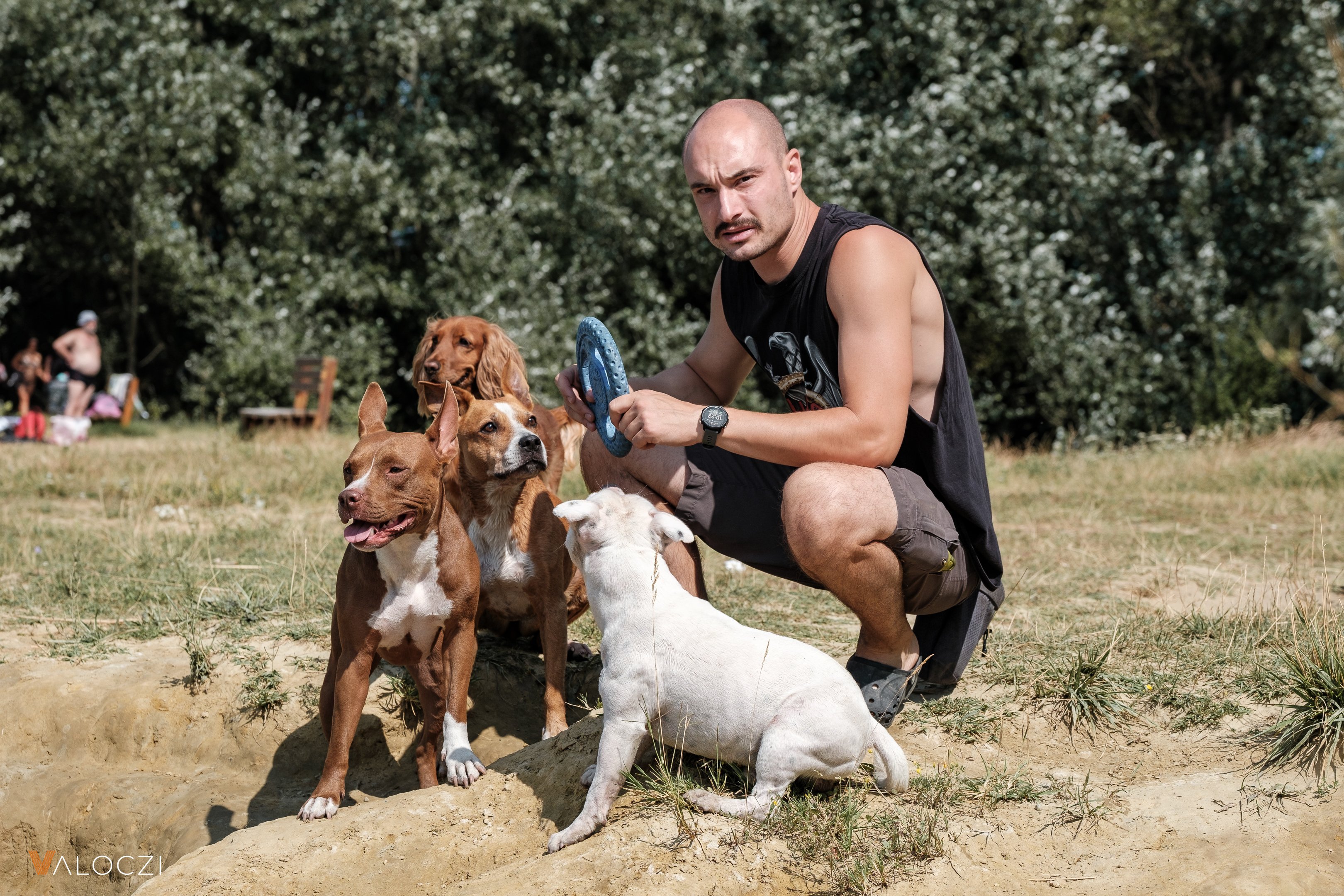 If you're worried about chewing, buy a special toy that your dog can't ruin / Photo: welovedogz.hu/en
If you're worried about chewing, buy a special toy that your dog can't ruin / Photo: welovedogz.hu/en
Punishment does not work in this case either. Scolding only increases anxiety, which leads to more negative behaviour. Instead, follow these steps:
Use an indoor camera to monitor your pet's behaviour. If he is destroying not only toys but other objects, it could be anxiety. Read up on toys designed for anxiety and talk to a vet or trainer.
When your dog has just started to eliminate a toy, make a sound that doesn't startle but distracts him – such as a whistle or a clap – so he's focused on you, not the toy. This is particularly useful with puppies. If he knows the “let it” command, you can use that too.
If you have to take the toy away because you feel it could be dangerous, give something tasty in return – a 10/10 reward treat on the dog's scale of favourites.
It's also worth experimenting with the type of toys according to the intensity of chewing – safe bones, rubber, rope etc. There are now explicitly dog toys that are chew-proof – you may want to look into this too.
Beyond that, it's important to remember that quality time with your dog, which is mentally and physically draining, is worth its weight in gold and makes it less prone to destruction. Depending on your pet's fitness level and temperament, you can pull rope, play ball, learn tricks, try dog sports, make a sniffer mat, or even use a litter mat and food trays.
Follow us!
facebook instagram youtube spotifyRelated articles
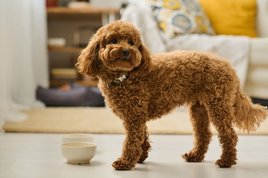
Advantages and Disadvantages of Wet Food for Dogs: We Point Out Some Surprising Things
Health • 3 minutes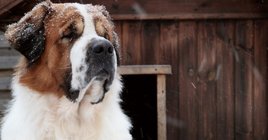
How to keep your dog safe outdoors during the cold winter
Care • 5 minutes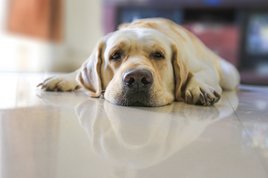
Is your dog's paw slipping too often on the floor? Here's what you can do to help
Care • 3 minutes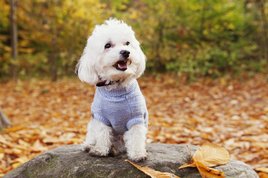
As the temperature drops, your dog's skin becomes more sensitive: how to care for it properly
Care • 3 minutes